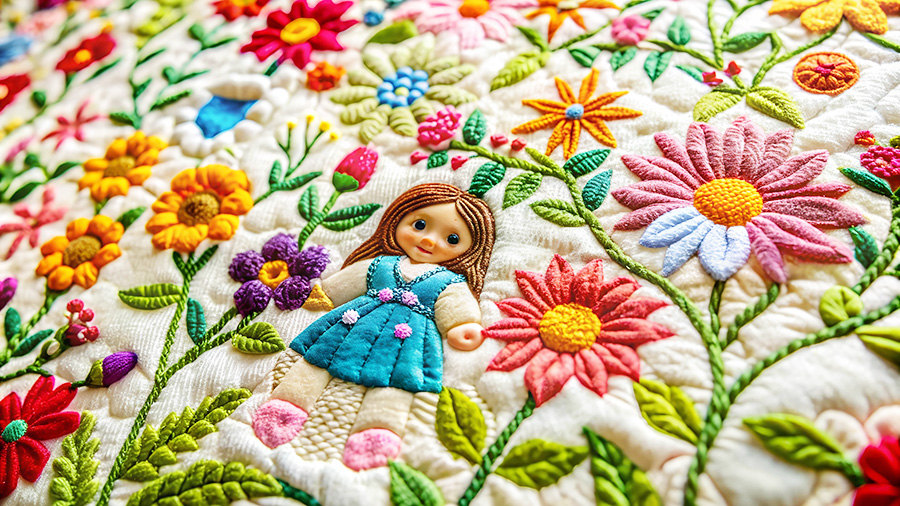Leaving behind a legacy involves more than just a physical inheritance. It means passing on wisdom, traditions, personal accomplishments, and life events your family and future generations will treasure for years to come. Whether through memoirs, recipe books, or genealogical records, each contribution enriches the tapestry of a family’s unique history. While starting a legacy project can be daunting, here are some tips to help you get started.
Write a memoir
Sharing your life journey through a memoir is a profound way to leave a legacy by providing children and grandchildren with a personal window into the past. Penning a memoir allows seniors to reflect on their experiences, challenges, and triumphs, offering insights and lessons learned over a lifetime. Online resources like StoryWorth offer prompts and questions to help inspire memories and organize thoughts, while Scrivener, a writing app, allows users to structure their work, store research, and track progress. For those who prefer a more guided approach, The Memoir Network provides online courses, coaching, and community support for memoir writers.
For those who prefer speaking over writing, creating an oral memoir can be an engaging and accessible way to share their life story. Apps like StoryCorps or Memoir for Me offer platforms to record oral histories. Seniors can share their stories in a more conversational format that can be transcribed later or kept as is, capturing the authentic voice and personality of the storyteller.

Compile a recipe book
Food is a powerful connection to our past, evoking memories of family gatherings and traditions, and creating a family recipe book is a delightful way to preserve those cherished culinary traditions. To add a personal touch, include photos and stories about each recipe, such as its origins, special occasions, or the family members who cherished it.
Platforms like Blurb or Shutterfly offer easy-to-use templates and printing services for professional-quality books. Recipe keeper apps like Paprika and Evernote can help organize and store recipes before they are compiled into a book. Consider adding video tutorials to bring family recipes to life and share them with future generations.
Sew a memory quilt
Use needle and thread to tell your family’s story through an heirloom memory quilt. Start by using fabric from old clothing or linens for a personal touch to each square. Design the layout to reflect significant family events, and enhance the quilt by adding embroidered names, dates, or messages. Additionally, incorporate printed photos on fabric sheets to capture cherished moments. Include heirloom fabrics like pieces from wedding dresses or baby clothes. To make it a collaborative effort, involve family members in the creation process. Attach a label documenting the story behind each square and contributors’ names.
Check out YouTube channels that offer tutorials for beginners; e.g., Missouri Star Quilt Company. Websites like Craftsy provide classes and patterns for quilt making, while quilting apps like QuiltSpace and Quilting Tutorials offer step-by-step guidance and community support.

Create a family time capsule
Creating a f`family time capsule is a fun and meaningful way to preserve memories for future generations. Begin by choosing a durable, weatherproof container to protect the contents. Fill the capsule with items that capture the current moment, such as photos, letters, newspaper clippings, and small mementos. Encourage family members to contribute their own items and write notes explaining the significance of each. Additionally, consider creating a digital time capsule with photos, videos, and text messages stored on a USB drive or cloud service. Decide on a location to bury or store the capsule and set a date for opening it in the future. Documenting the contents and contributors can enhance the experience and ensure a cherished family tradition.
Build a family tree
Understanding our roots helps us appreciate our heritage and identity. Seniors can leave a significant legacy by organizing and documenting family genealogies and histories. This involves researching and recording family trees, collecting historical documents, and preserving photographs, letters, and other memorabilia to enhance the narrative, making it a vivid and engaging record of the past.
Start by downloading and saving a free pedigree chart and family group sheet from resources like the National Genealogical Society to organize your information. Begin with what you know: the names, dates, and places associated with your immediate family members, then reach out to relatives for additional details. Be sure to collect records like birth, marriage, and death certificates, yearbooks, news articles, and family letters.
Talking to older relatives can provide invaluable oral histories and insights. Take detailed notes or record these conversations. Asking for permission to see and copy family documents, Bible records, and old photographs can help enrich your tree with personal stories and historical context.
Online tools like Ancestry.com and FamilySearch.org offer extensive databases of historical records and can help you build a detailed and visually appealing family tree. Local libraries and historical societies are valuable resources for additional research. The Round Rock Public Library, in partnership with the Williamson County Genealogical Society, offers a comprehensive genealogical collection on the third floor that focuses on the United States, Southern states, Texas, and local county histories. Library card holders can browse these resources through the library’s online catalog. Additionally, the Georgetown Public Library’s Clara Scarbrough Texas History Room provides state and local historical materials and genealogy resources.
